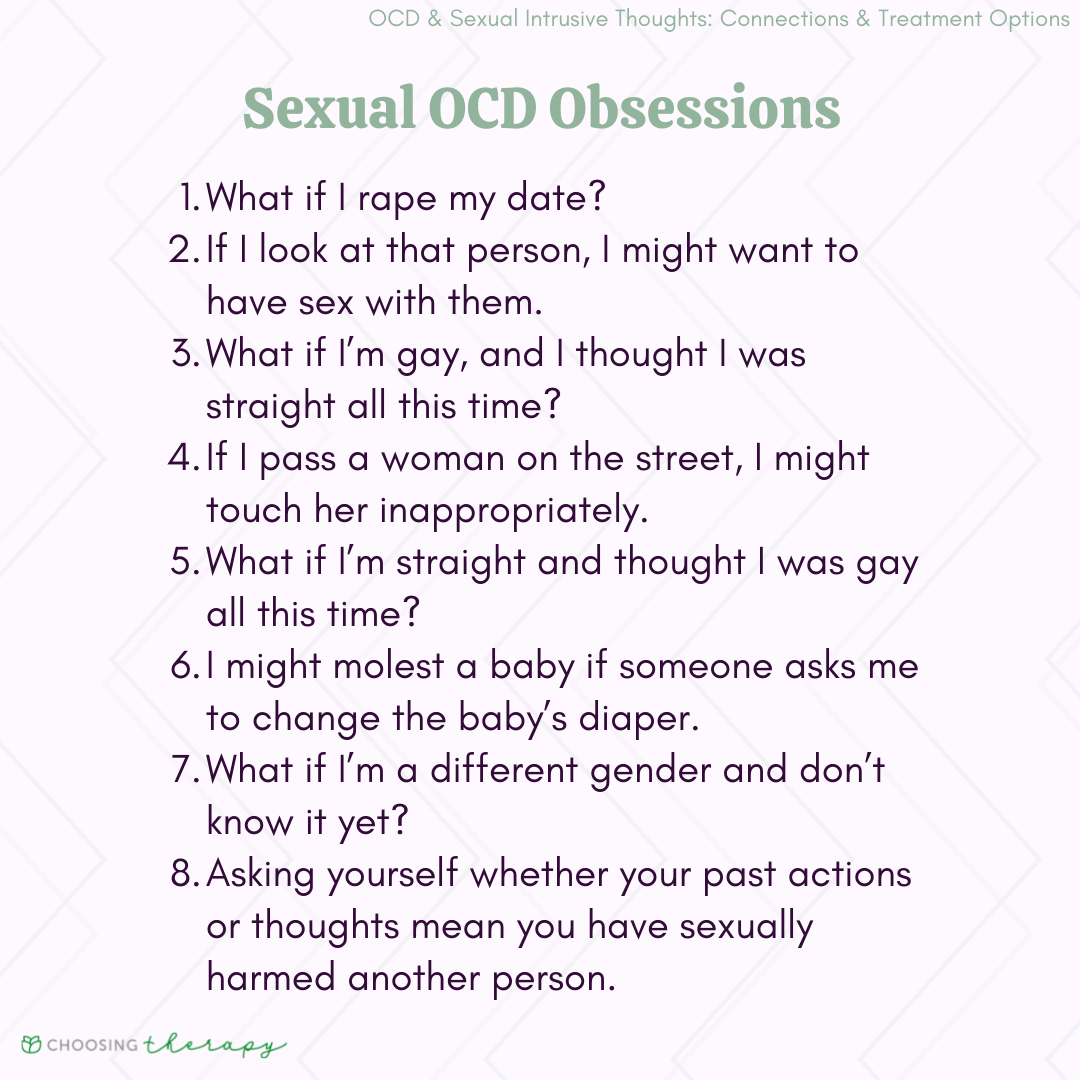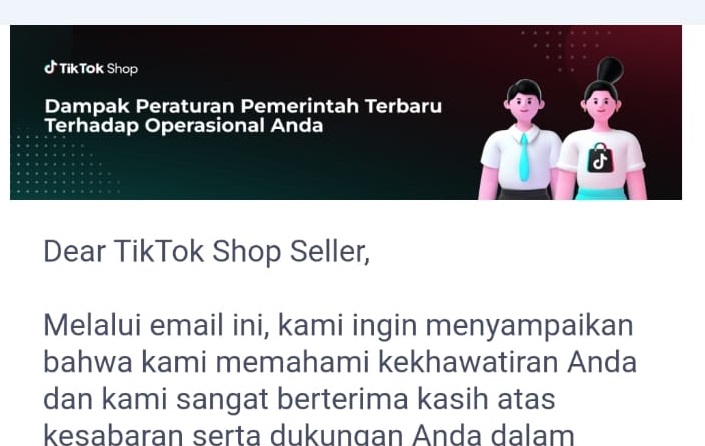What It Was Lyrics: The seemingly simple search phrase hides a multitude of user intentions. Understanding the context behind this query reveals a fascinating landscape of emotional states and musical preferences. From heartbroken fans seeking solace to curious listeners identifying a catchy tune, the search for “what it was lyrics” offers a window into the diverse motivations driving online searches.
This analysis delves into the methods used to pinpoint the intended song, exploring the challenges of ambiguity and the crucial role of contextual clues. We’ll examine various scenarios, including the emotional impact on the searcher, and illustrate the process of identifying the correct song through a structured approach.
Understanding Search Intent Behind “What It Was Lyrics”
The search query “What it was lyrics” reveals a user’s desire to find the lyrics of a specific song. However, the ambiguity of the phrase necessitates a deeper understanding of the user’s intent to accurately provide the correct results. Several factors influence the search, including the user’s memory of the song, their emotional state, and the context in which they encountered the song.
User Intentions and Scenarios
Users searching for “What it was lyrics” might have various intentions. They could be trying to recall a song title they’ve forgotten, looking for specific lyrics to understand the song’s meaning, or needing the lyrics for karaoke or singing along. The emotional context can range from nostalgic reminiscing to intense emotional connection with the song’s message.
- Scenario 1: Nostalgic Recall: A user might be remembering a song from their childhood and searching for the lyrics to re-experience that feeling.
- Scenario 2: Meaning Seeking: A user might have heard a song and been intrigued by a particular line, prompting them to search for the full lyrics to decipher its meaning.
- Scenario 3: Practical Application: A user might need the lyrics for a performance, like karaoke or a school event.
Emotional Context of the Search
The emotional context associated with the search is significant. A user might be feeling nostalgic, happy, sad, or even angry, depending on the song and their personal connection to it. Understanding this emotional context helps tailor the response and potentially provide additional relevant information, such as related songs or artists.
User Persona: The Nostalgic Listener
Consider a user persona named Sarah, a 35-year-old woman. She’s listening to an old mix CD and a snippet of a song triggers a powerful wave of nostalgia. She vaguely remembers the chorus but can’t recall the song’s title. She searches “What it was lyrics” hoping to find the song and relive the associated memories.
Identifying the Target Song
The challenge lies in disambiguating the search query “What it was lyrics,” as it lacks specificity. Several methods can be employed to identify the intended song, including analyzing contextual clues, utilizing lyric search engines, and employing advanced search techniques.
Methods for Determining the Target Song
Identifying the correct song requires a multi-pronged approach. Contextual information, such as other s or phrases used in the search, can be crucial. Lyric search engines often allow users to search by specific phrases or s within lyrics, increasing the chances of finding the correct song. Furthermore, understanding the era or genre of music the user might be referencing is also important.
Disambiguation Strategies
Several strategies can help disambiguate the search term. Analyzing the user’s search history, if available, can provide valuable context. Looking for additional s related to the song, like the artist’s name or album title, can significantly narrow down the possibilities. Advanced search operators, such as using quotation marks around specific phrases, can also refine the search.
The Importance of Context
Context is paramount in identifying the correct song. If a user adds additional information, such as the artist’s name or a specific line from the song, the search becomes significantly easier. The year or decade the song was released can also help narrow down the search results. Even the user’s location can provide context, as certain songs might be more popular in specific regions.
Flowchart for Identifying the Target Song
A flowchart would visually represent the process. It would start with the initial search query, branch into analyzing contextual clues (artist, album, era, s), then utilize lyric search engines and advanced search techniques, ultimately leading to the identification of the target song or, if unsuccessful, indicating the need for more information from the user.
Analyzing Lyric Search Engine Results
Once a lyric search is initiated, the results need careful analysis. Multiple songs might contain the phrase “What it was,” necessitating a thorough comparison of lyrics and metadata to identify the correct song. Factors like the year of release, artist, and album title should be considered to ensure accuracy.
Evaluating Search Engine Results, What it was lyrics
Analyzing the top search results involves comparing the provided lyrics with the user’s memory or description of the song. Examining the artist, album, and release date helps to verify the accuracy of the match. If the top results don’t align, refining the search query with additional s or context is crucial. The process might involve iteratively refining the search until a match is found.
Discover more by delving into keto gummies fda approved further.
Ultimately, understanding the search for “what it was lyrics” goes beyond simply finding song lyrics. It’s about understanding the human connection to music, the emotional resonance of songs, and the power of lyrics to evoke memories and feelings. By analyzing the search intent and the process of song identification, we gain a deeper appreciation for the complexities of online information retrieval and the human experience intertwined with music.


